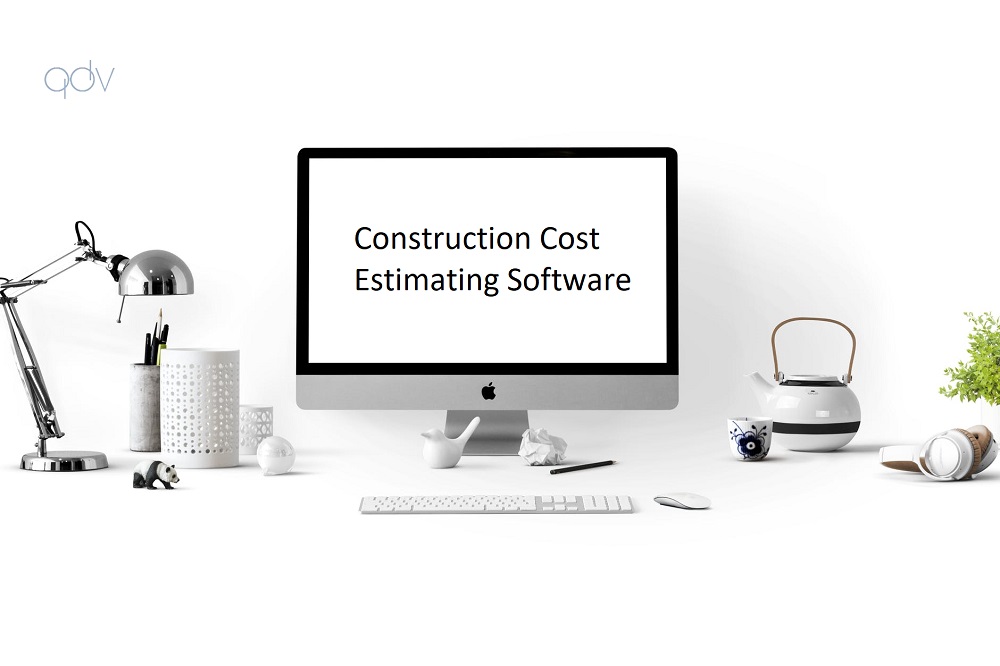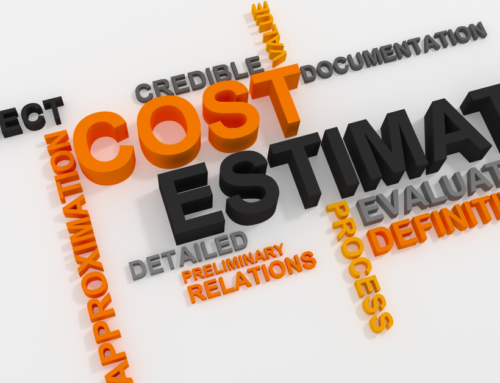Construction Estimating Software is a collection of multiple spreadsheets or packs of paper papers used to estimate the projected cost of their property and projects. People think construction estimating tools is an automated tools that can perform and calculate the number of materials taken off. Several software packages aid in this procedure. In reality, material takeoff consumes the vast majority of estimation time. An estimator spends around 90 percent of their time on each estimate completing manual material quantity takeoff. The bulk of an estimator’s effort is still spent on the material takeoff phase, despite the importance of the estimated price.
They re-created the wheel by manually re-running the identical calculations for each task. Along with accuracy issues, this manual method is the most time-consuming challenge in the bid process. Because it is time-consuming, many businesses have elected to forego material quantity takeoff in favor of a turnkey estimate, price, or bid from a supplier, vendor, or contractor.
Cost Estimation Techniques
Project cost estimation software affects project cost prediction, making it challenging to produce exact estimates. Fortunately, cost estimation methodologies exist that can facilitate the development of more precise cost estimates.
Analogous Estimating
Consult with professionals working on comparable projects or utilize your previous data. If you have access to relevant historical data, consider equivalent estimation, which can help establish early-stage project costs based on previous examples.
Parametric Estimating
There is statistical modeling or parametric estimating, which utilizes historical data on significant cost drivers and then predicts what those costs might be if the project’s duration or another factor were altered.
Bottom-Up Estimating
Bottom-up estimating is a more granular technique of Project Cost Estimation Software that takes estimates of individual jobs and then combines them to calculate the project’s total cost. This cost estimation approach is much more precise than parametric estimating and is used for large projects with several variables, such as software development and building projects.
Three-Point Approximation
The three-point estimate is an alternative method that generates three scenarios: the most likely, optimistic, and pessimistic ranges. These are then entered into an equation to provide an estimate.
Reserve Evaluation
Reserve analysis determines the amount of contingency reserve required. This strategy attempts to contain ambiguity.
Price of Quality
The cost of quality consists of money spent during the project to prevent failures and funds paid after the project to fix faults. This might help you refine your total cost estimation for the project. And comparing vendor quotes can also assist in determining expenses.
Dynamic Equipment
When calculating expenses, it is helpful to collect all project information using an online application. Many of these strategies may be included in project management software that can be used in congress to facilitate the process. Utilize online applications to design project teams, objectives, and tasks. Even manage your vendors and monitor project expenditures as the work progresses. We’ll demonstrate how.
Conclusion
Construction Estimating Software is utilized to estimate construction expenses since it calculates construction prices. Consequently, not only architects or engineers use this software, but also contractors, as the effectiveness of a project is highly reliant on its expenses. Most of these applications are geared for contractors, who, with the aid of such software, can readily assess the predicted prices and make swift cost-based alterations, such as wooden floors against laminate flooring, etc.







Leave A Comment
You must be logged in to post a comment.